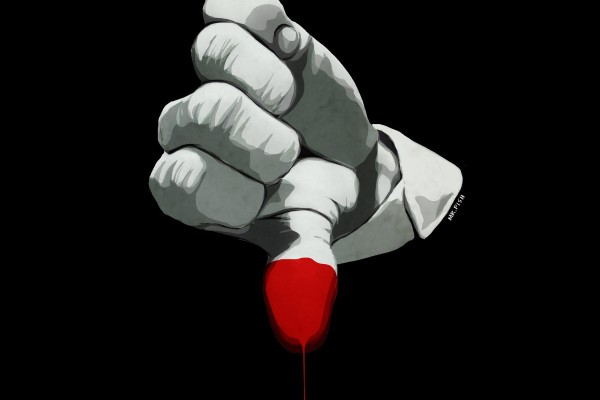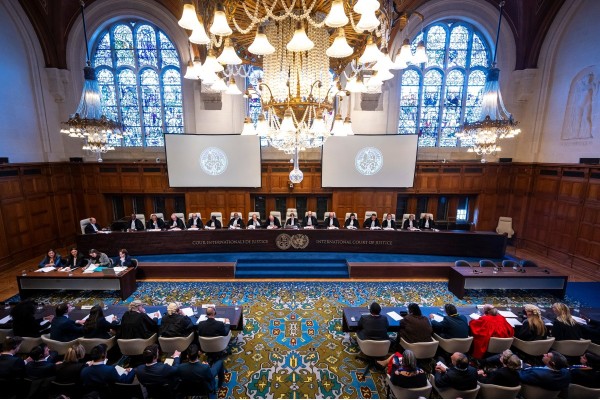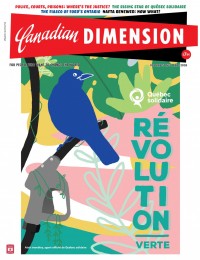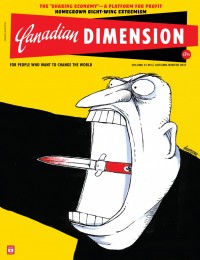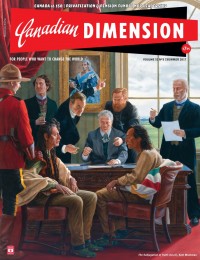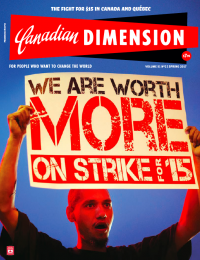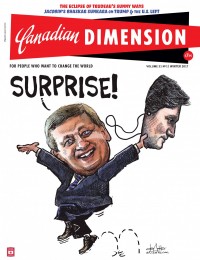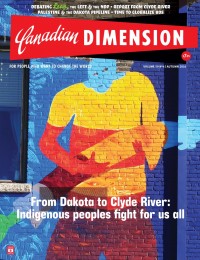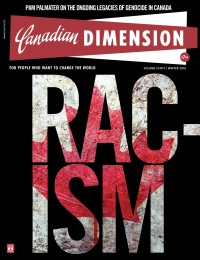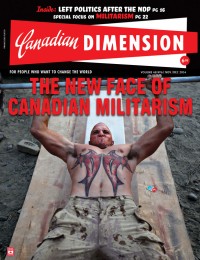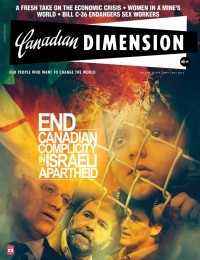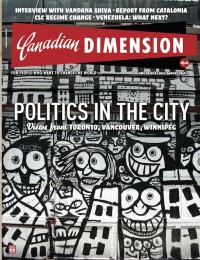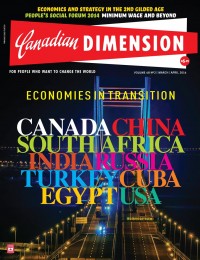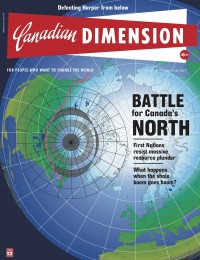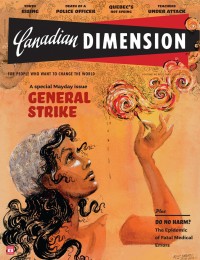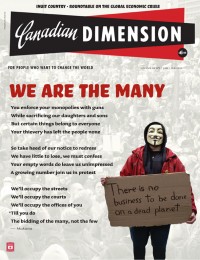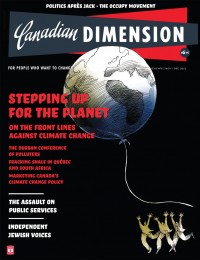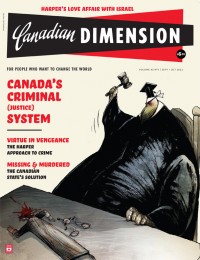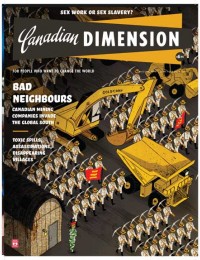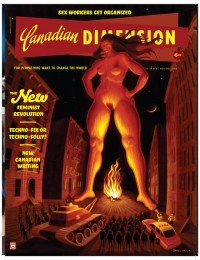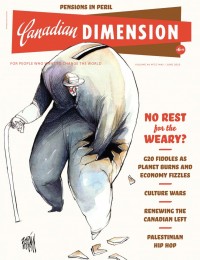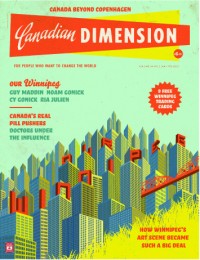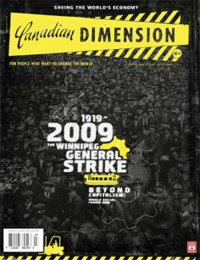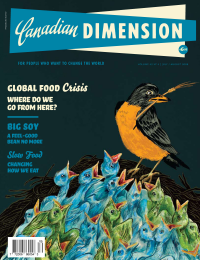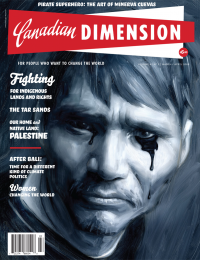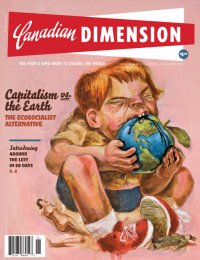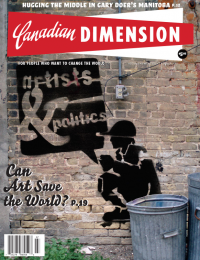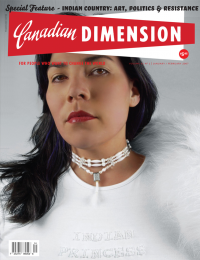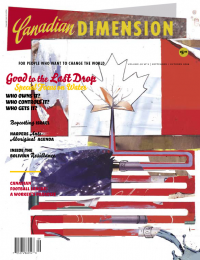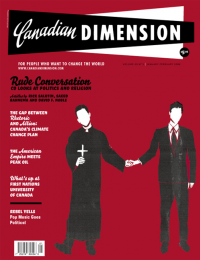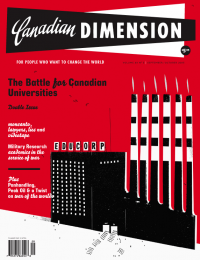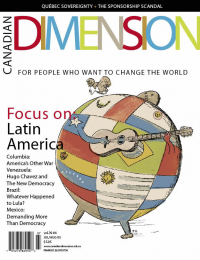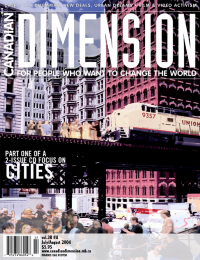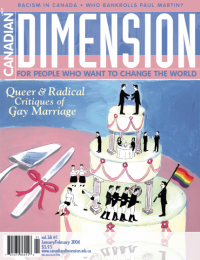Not Out of the Woods
International Criminal Court Judges to Decide if Kenyan Suspects Will Stand Trial
On 21 December 2011, at the opening of the “Dutch Winters” art exhibit at the Rijksmuseum located in Amsterdam’s chic Schiphol Airport, a painting was put on display that, for those following closely the International Criminal Court’s cases against six Kenyans, offered a starling omen. The ICC’s Chief Prosecutor, Luis Moreno Ocampo, initiated investigations after Kenya’s disputed presidential election in December 2007 led to two months of violence that left some 1,300 dead and several hundred thousand evicted from their homes. Ocampo fingered six men as “most responsible.”
He hopes the two cases involving three suspects each will go to trial starting some time in 2012. The six Kenyans face charges of crimes against humanity ranging from murder to forcibly transfer of populations, persecution, rape and other inhumane acts. Pre-trial hearings took place in 2011. The ruling as to whether they will be committed to trial is due from the Hague judges on 23 January.
In 1875, Louis Apol completed the painting that made him famous thereafter. It is a cold, lonely landscape entitled A January Evening in the Wood at The Hague. It conveys the artist’s mastery of the use of a muted palette of whites, greys and browns to illuminate a frosty forest of leafless trees on a snow-covered ground with a frozen brook spanned by a plain, lowly bridge. Besides this bleakness, the only signs of warmth or life come in the form of hints of an orange sunset in the distance behind the trees; and two black birds rising in flight, as if startled by the viewer’s intrusion into this wintery scene.
What fate does the painting portend, you ask? In itself, it portends nothing but the surety of bitter wind in winter. The artist, after all, could not have known that 137 years after his work was completed, his painting would come to visually summarize the atmosphere surrounding Kenyan suspects at the Hague’s International Criminal Court. In retrospect, and in allegorical terms, Apol’s painting portends the setting in of a chill around the persons of Uhuru Kenyatta and William Ruto, two of the most prominent political personalities in Kenya, and two key suspects in the Hague cases. It suggests that the two are not out of the woods yet.
It is well-noted that many Kenyans have remained deeply engaged in the Hague proceedings, with millions of people diligently watching the pre-trial hearings in September and October 2011 for some 24 days. Many watched in public places on communal television screens and crowded around computer monitors. Updates were posted in various languages on blackboards in village squares. No doubt hundreds of thousands of warm beers have been consumed whilst their drinkers debated the merits and demerits of the cases, the specific charges, the suspects’ alibis, their demeanor, their retinue of supporters, the victims’ testimonies, the witnesses’ statements, the defense and prosecution lawyers’ performances, the judges’ cordial but stern dispositions, the government’s failed attempts to have the cases withdrawn, and every other real, rumoured and imagined aspect of the entire legal affair.
The height of public attention was reached with the testimony of Uhuru Kenyatta himself, whose eyes seemed at all times to avoid contact with Mr. Moreno Ocampo as he posed his queries, and whose utter disdain for the prosecutor flowed forth in barbed replies from a furled lip.
It is also much said that the ICC judges have a political hot potato in their hands. On 23 January they will announce their ruling to confirm, drop or amend charges against the six. Kenyatta and Ruto have both proclaimed an intention to run for the office of president in Kenya’s next election, due by March 2013 (a post which they have both tried but failed to win in past elections). The Brussels-based non-governmental organization, International Crisis Group, in a January 2012 briefing, put it in the form of a warning: if the charges differ in the two cases, ethnic tensions are likely to erupt. At the same time, Kenya’s National Cohesion and Integration Commission and the Truth Justice and Reconciliation Commission both issued warnings about the potential for violence when the rulings are announced, and asked police to beef up security in violence hot-spots and for the government to initiate peace programs. On the other side, the African Union’s Panel of Eminent African Personalities reported, after a poll, that 59 per cent of Kenyans thought there would be no violence if the six are committed to trial.
Given these considerations, the judges are not completely free to deliberate the legal merits of the cases, for they must consider the political impact of their decisions. Chief Prosecutor Ocampo has said many times, the Kenya case is meant to serve as an example to the world of “managing” political violence in future elections. If this is the aim of the court, then the judges are in a quandary if they wish to dismiss charges against one set of suspects and confirm them against the other. It is simply not politically tenable, nor fair, to drag one set of Kenyans to a European city to face charges while setting the other free. Likewise, the judges must weigh the impact of dismissing all charges, as this could send the signal that the Rome Statute’s international court is no more capable than Kenya’s court system has been of bringing any suspects to trial for post-election violence. Of course, these are all political considerations, not legal opinions. The legal merits and demerits of the cases begin to take a back seat to the political outcomes possible under different scenarios.
It seems the only option the Hague judges have, if they wish to both bolster the authority and legitimacy of the court (in their terms) and to avoid the likelihood of igniting hostilities afresh in Kenya, is to delay a decision. They can do this by asking the Prosecutor’s Office for further investigations and/or amend the charges, and possibly drop some of the smaller fry from the Prosecutors’ net. This middle ground between confirmation and dropping of charges will leave the suspects under the watchful eyes of the court and will buy the court time to figure out how to extricate itself from a very delicate situation. Some say that aside from outright dismissal of all charges, this would be the best-case scenario for the suspects, for it implies clearing them of some of the charges. It could also provide time for local legal mechanisms to be put in place and proceedings to advance.
Given that the ICC office in Kenya, in collaboration with the National Council of Churches of Kenya, has translated into Kikuyu, Luo and Kalenjin an information booklet about the court’s jurisdiction, mandate and operations, and has begun distributing the booklet across the country, it appears that they have reason to believe the ICC will be in the country for a while longer and wish the public to be informed about their processes.
In the meantime, Apol’s painting still quietly hangs in the Schiphol airport’s museum (until 26 March 2012). Kenyans and friends of Kenya continue to take a keen interest in the outcome of the Hague case, one way or the other. And at the same time, as if unrelated, more and even greater disasters unfold in the East African region as the persistent depredations of famine, chronic hunger, war, drought and floods take the lives of African men, women and children on a daily basis. In the end it seems that whether the ICC cases go forward or not, these everyday “crimes against humanity” in Kenya will continue unabated, with those “most responsible” safely ensconced in their seats of power far from the death rattles sounding all around.
See “Seven Days in December” for some background on the case.



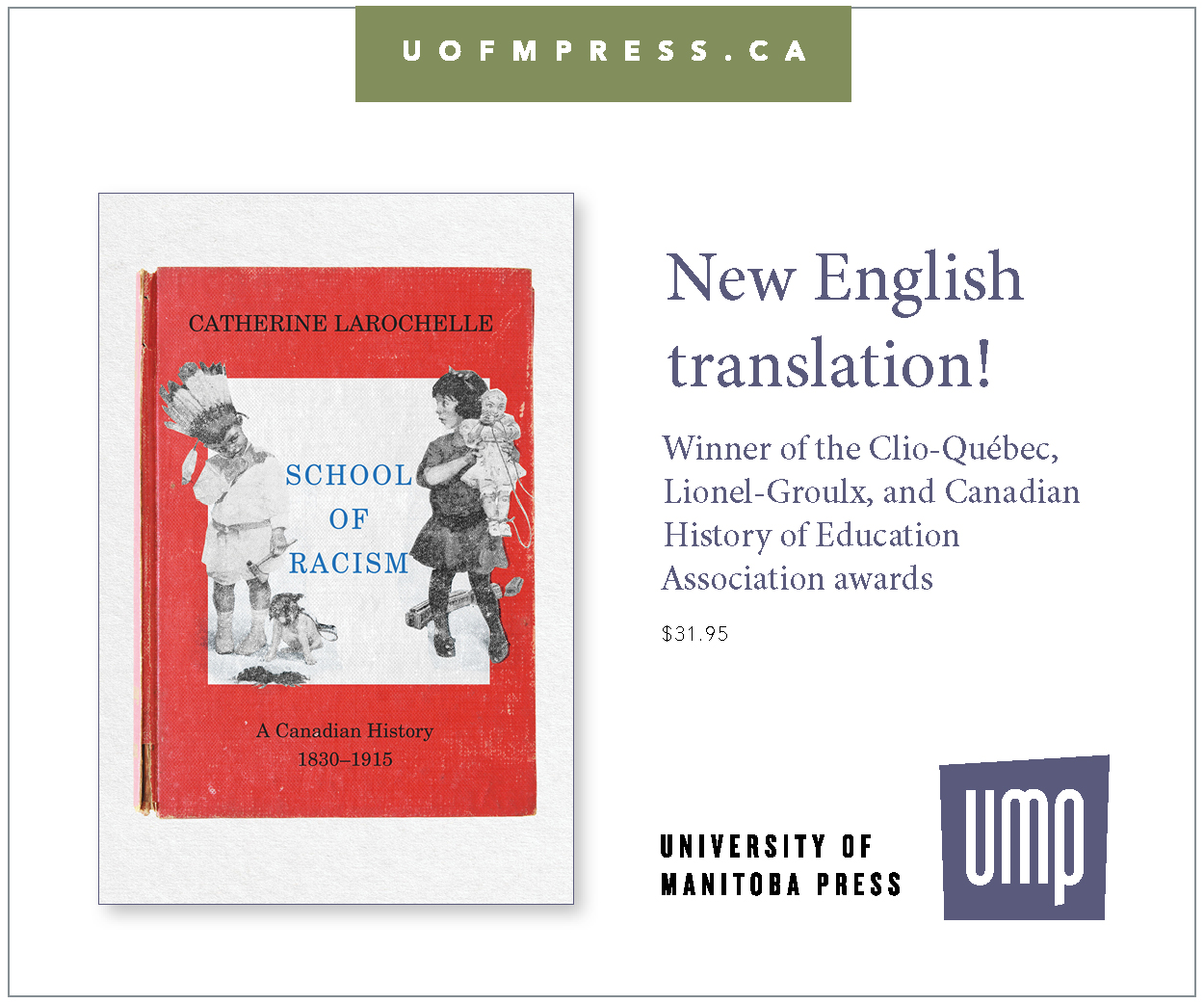


_in_The_Hague_600_400_s_c1.png)

